Mung bean soup, a beloved dish across Asia and beyond, is celebrated for its refreshing flavor, velvety texture, and impressive nutritional profile. Whether enjoyed hot or cold, this humble soup has earned its place in kitchens worldwide. Yet, for many home cooks, the question lingers: How long does it take to cook mung bean soup to perfection? The answer, like the soup itself, is layered and nuanced. Cooking time hinges on factors like bean age, soaking methods, and desired consistency. This article delves into the science and craft of preparing mung bean soup, offering a detailed roadmap to achieve results that balance taste, texture, and health benefits.
Understanding Mung Beans: The Foundation of the Soup
Mung beans (Vigna radiata) are small, green legumes native to India but widely cultivated in China, Southeast Asia, and the Mediterranean. Their mild, earthy flavor makes them versatile, while their high protein and fiber content render them a dietary staple. When cooked, mung beans soften into a creamy porridge-like consistency, ideal for soups, stews, or even desserts. However, their cooking time can vary significantly based on several variables.
Factors Influencing Cooking Time
- Bean Age: Fresher mung beans cook faster than older ones. As beans age, they lose moisture, becoming drier and harder. If your beans are past their prime, they may require longer simmering or additional liquid.
- Soaking: Soaking mung beans before cooking reduces cooking time by hydrating the beans, softening their outer layer. Overnight soaking can cut cooking time by up to 30%, while quick-soaking (boiling for 2 minutes, then resting for an hour) offers a faster alternative.
- Heat Source: The cooking method—stovetop, slow cooker, or pressure cooker—dramatically affects duration. Each appliance operates at different temperatures and pressures, altering the beans’ breakdown rate.
- Desired Consistency: Do you prefer whole, slightly al dente beans or a completely smooth, split texture? The thicker the soup, the longer it may take to achieve a cohesive blend.
Stovetop Method: The Classic Approach
The stovetop method is the most traditional way to prepare mung bean soup, offering maximum control over texture and flavor. Here’s a step-by-step breakdown:
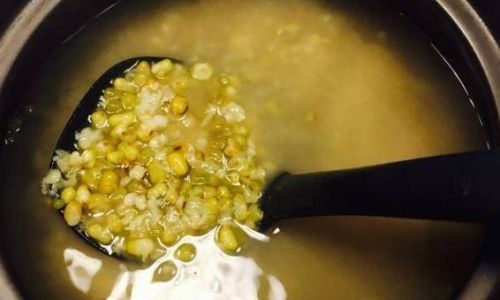
-
Preparation:
- Rinse 1 cup of mung beans under cold water to remove debris.
- Soak for 4–6 hours (or overnight) in 3 cups of water. Drain and rinse again.
-
Cooking:
- In a large pot, combine soaked beans with 6 cups of fresh water (or broth for richer flavor).
- Bring to a boil over high heat, then reduce to a gentle simmer.
- Skim off any foam that rises to the surface.
-
Simmering Time:
- For whole beans with a slight bite: 25–30 minutes.
- For soft, split beans: 35–45 minutes.
- For a thick, porridge-like consistency: 50–60 minutes, stirring occasionally to prevent sticking.
-
Seasoning:
- Add ingredients like ginger, garlic, or turmeric during the last 10 minutes of cooking.
- For sweet soup, stir in sugar, coconut milk, or pandan leaves. For savory, add salt, soy sauce, or vegetables like carrots or spinach.
Pro Tip: Adding a pinch of baking soda (½ teaspoon) during boiling can accelerate softening, but use sparingly—it may alter the flavor.
Slow Cooker Method: Set-It-and-Forget-It Convenience
Slow cookers excel at transforming tough ingredients into tender masterpieces with minimal effort. Mung bean soup is no exception.
-
Preparation:
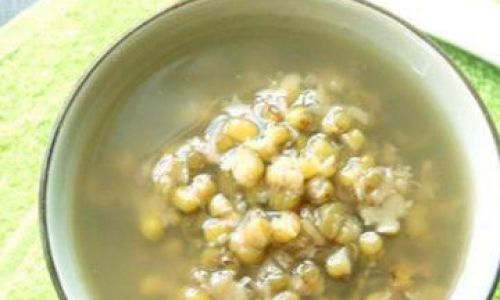
- Skip soaking for this method; the prolonged cooking time will compensate.
- Rinse 1 cup of beans and place them in the slow cooker with 6 cups of liquid.
-
Cooking Time:
- Low Heat: 6–8 hours.
- High Heat: 3–4 hours.
-
Flavor Enhancements:
- Add aromatics like onions, garlic, or ginger at the start.
- For sweet variations, include dates or dried fruits during the last hour.
Note: Slow-cooked mung beans retain their shape better than stovetop versions, making this method ideal for chunky soups.
Pressure Cooker Method: Speed Without Sacrifice
Pressure cookers slash cooking time by trapping steam, creating high-pressure heat that penetrates beans rapidly.
-
Preparation:
- Rinse 1 cup of beans. No soaking required, though a 30-minute quick-soak can further reduce time.
- Place beans in the pressure cooker with 4–5 cups of liquid.
-
Cooking Time:
- High Pressure: 12–15 minutes for split beans; 18–20 minutes for whole beans.
- Natural Release: Allow the pressure to drop naturally for 10–15 minutes before opening the lid.
-
Texture Control:
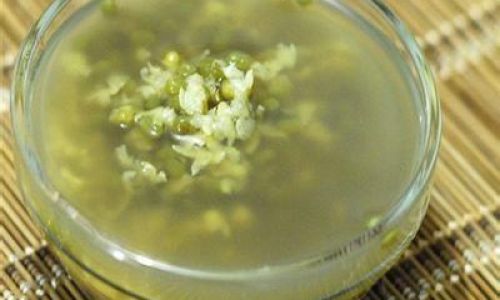
- For a smoother soup, blend partially with an immersion blender.
- Adjust seasonings post-cooking, as pressure can intensify flavors.
Caution: Overcooking in a pressure cooker can lead to mushy beans. Test doneness by mashing a bean against the pot’s side.
Signs of Doneness: When Is It Ready?
Knowing when to stop cooking is as crucial as timing itself. Look for:
- Visual Cues: Beans should appear plump, with some splitting open to reveal a creamy interior.
- Texture Test: Blow on a spoonful of soup; if the beans separate into a “wave,” they’re ready.
- Taste Test: The beans should be tender, not chalky or gritty.
Troubleshooting Common Issues
-
Beans Won’t Soften:
- Cause: Hard water, old beans, or insufficient liquid.
- Fix: Add 1 tablespoon of baking soda (for hard water) or switch to filtered water. Simmer longer, adding liquid as needed.
-
Soup Is Too Thick:
- Solution: Gradually stir in hot water or broth until desired consistency is reached.
-
Burnt Bottom:
- Prevention: Use a heavy-bottomed pot and stir frequently, especially during the later stages of cooking.
Nutritional Benefits: More Than Just Comfort Food
Mung bean soup isn’t just delicious—it’s a nutritional powerhouse. A single cup provides:
- Protein: 14 grams (28% DV), making it an excellent meat substitute.
- Fiber: 15 grams (60% DV), aiding digestion and promoting satiety.
- Antioxidants: Flavonoids like vitexin and isovitexin, which combat inflammation.
- Vitamins/Minerals: Folate, iron, magnesium, and potassium.
Regular consumption may lower cholesterol, stabilize blood sugar, and boost immunity.
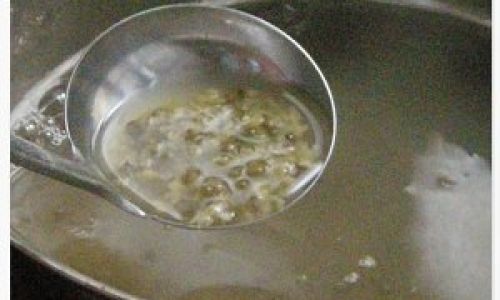
Serving Suggestions and Cultural Variations
Mung bean soup’s adaptability shines in global cuisines:
- China: Served sweet with rock sugar and wolfberries, or savory with preserved duck egg.
- India: Khichdi combines mung beans with rice, spices, and ghee.
- Philippines: Ginataang munggo features coconut milk and shrimp.
- Mexico: Sopa de habas adds chili peppers and lime.
Garnish with fresh herbs, toasted seeds, or a drizzle of olive oil for added flair.
Storage and Reheating
- Refrigerator: Store in an airtight container for up to 5 days. The flavors will meld and deepen over time.
- Freezer: Portion into freezer-safe bags for up to 3 months. Thaw overnight before reheating.
- Reheating: Simmer gently on the stove, adding liquid if necessary. Avoid boiling, which can break down the beans further.
Conclusion: The Alchemy of Time and Technique
Cooking mung bean soup is a dance of patience and precision. While stovetop methods demand 30–60 minutes, modern appliances like pressure cookers and slow cookers offer flexibility for busy schedules. The key lies in understanding your beans, equipment, and desired outcome. Whether you prefer a rustic, whole-bean soup or a silken purée, mastering the timing ensures a dish that nourishes both body and soul. So next time you ask, “How long does it take?” remember: the answer is as individual as the cook themselves. Experiment, adjust, and savor the journey—and the delicious results.

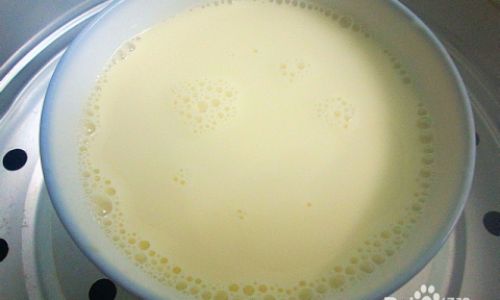
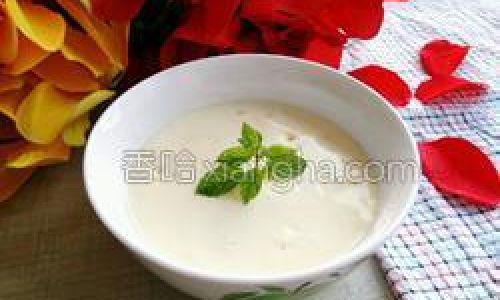


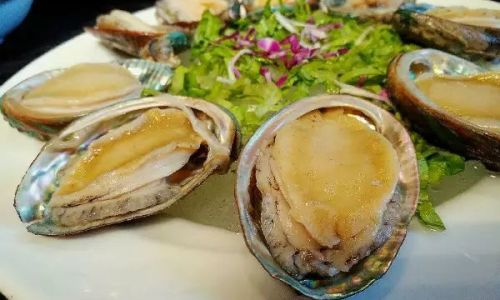
0 comments